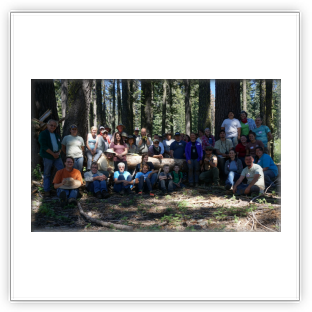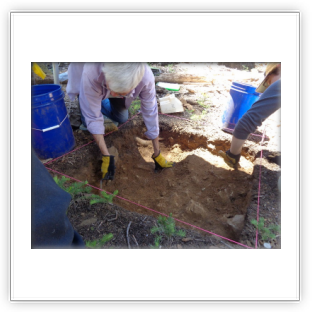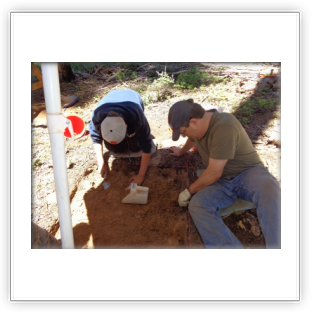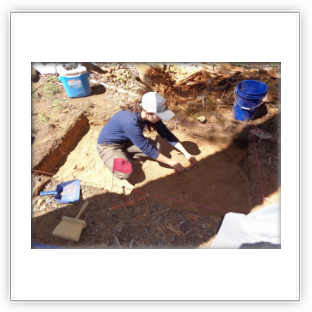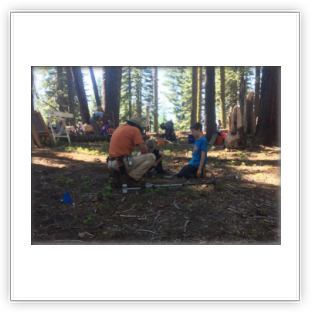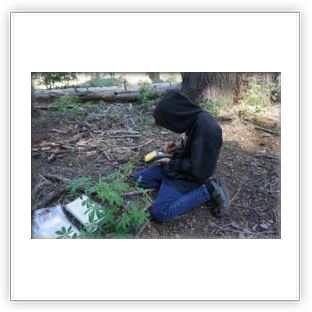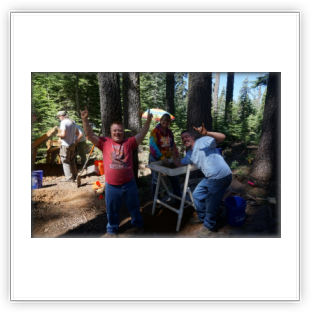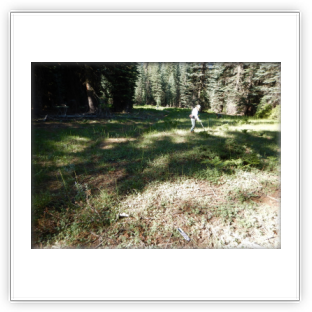Frenchs Hotel - Passport in Time
Main menu:
Previous Projects > States A-F
The Search for French's Hotel
Plumas National Forest, California, 2016
By Jamie Moore, Plumas NF Archaeologist
During the second week of July 2016 twenty-five volunteers
worked with Plumas National Forest archaeologists to help relocate and excavate
French’s Hotel which operated from the early 1850’s into the early 1860’s in
Plumas County. We know that the Hotel existed along a major travel route that began
as a pack trail into the mines of the northern Sierra Nevada. It quickly became
the Beckwourth Emigrant Trail beginning in the late summer of 1851. French’s
Hotel was mentioned in diaries kept by emigrants and gold miners alike. The
exact location of the site, however, had been lost over time and so it was very
exciting to have relocated it.
The project was a collaboration
between the Plumas National Forest and the California-Nevada Chapter of the
Oregon California Trails Association (OCTA).
The California-Nevada Chapter of OCTA has been helping to find and
document evidence of the Beckwourth Trail on the Plumas National Forest for the
past five years. The effort to find and protect the Beckwourth trail is very
important as it is the only California National Historic Trail (so designated
by the National Park Service) established by an African-American. Since the
focus of this project was locating a stop along the old trail, OCTA helped rule
out several possible locations for the Hotel through the use of metal
detectors. During this effort they also discovered a circa 1900 cabin site, a location
where someone dumped or destroyed several cast iron stoves, and a possible
grave.
Anthropology students from
California State University, Chico helped work with the Passport In Time volunteers
and Forest Service archaeologist to excavate the French’s Hotel archaeological
site. During the excavation artifacts found included hand soldered tin cans,
square nails, pressed glass tumbler fragments, cut bone (food), a variety of
alcoholic glass bottle fragments including Udolpho Wolfe’s Schnapps, and white
ironstone ceramic fragments. All the artifacts recovered were highly fragmentary
but appeared to firmly date within the timeframe of the use of this early
Plumas County rest stop. The discovery
of this significant historic site and the archaeology undertaken here for this
project has added important information in regard to our understanding of early
Gold Rush movement and emigrant travel in the northern Sierra Nevada Mountains.
